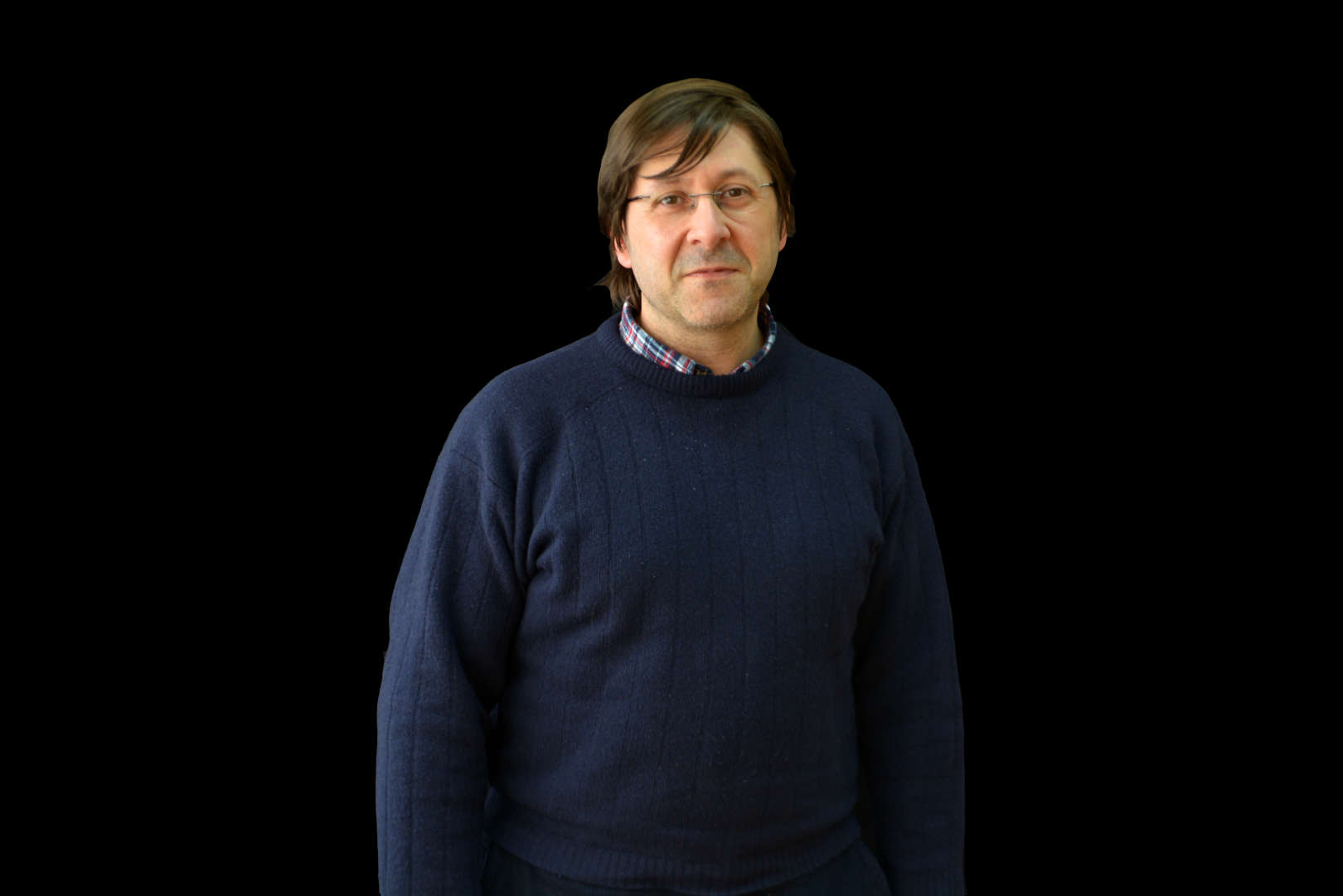About
Professor Manuel E. Correia got his MSc in foundations of advanced information processing technologies from the Imperial College of London in 1992 and his PhD in Computer Science from Oporto University in 2001. He is currently an Associate Professor at the Department of Computer Science of the Faculty of Science of Oporto University and a researcher in the field of computer security at the CRACS group of INESC TEC Porto where he is responsible for research projects related to anomaly detection and identity management and the security aspects of several industry contracts. He has also been a consultant for some Portuguese public agencies (Health and Education) in computer security. He co-founded a spin-off from the University, called HealthySystems that centers its activity in the area of information security with a strong focus on auditing, eID and anonymization techniques. In 2014 this spin-off won the National Pharmacies Association Prize for the pharmacy of the future with a project called DigitalPharma and more recently a CIO Summit Portugal award prize with a software solution developed to support clinical management and integration for large Hospitals.


